Your basket is currently empty!
Category: History
History articles
-
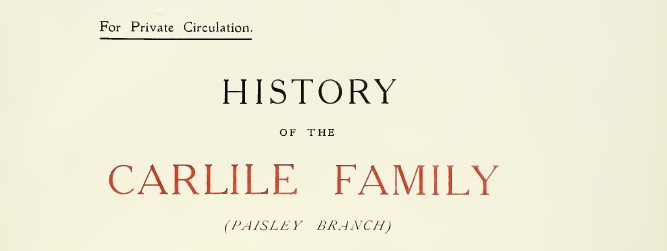
Annan to Paisley: The Carlile family of Paisley
Over the last 8 to 10 years a lot of my research has focused on the introduction of fine Linen Thread production into Scotland by Christian Millar or Shaw of Bargarran at Erskine in 1722. Over the next 30 years Paisley had become home to many linen thread manufactures, all copying the techniques of Christian. …
-
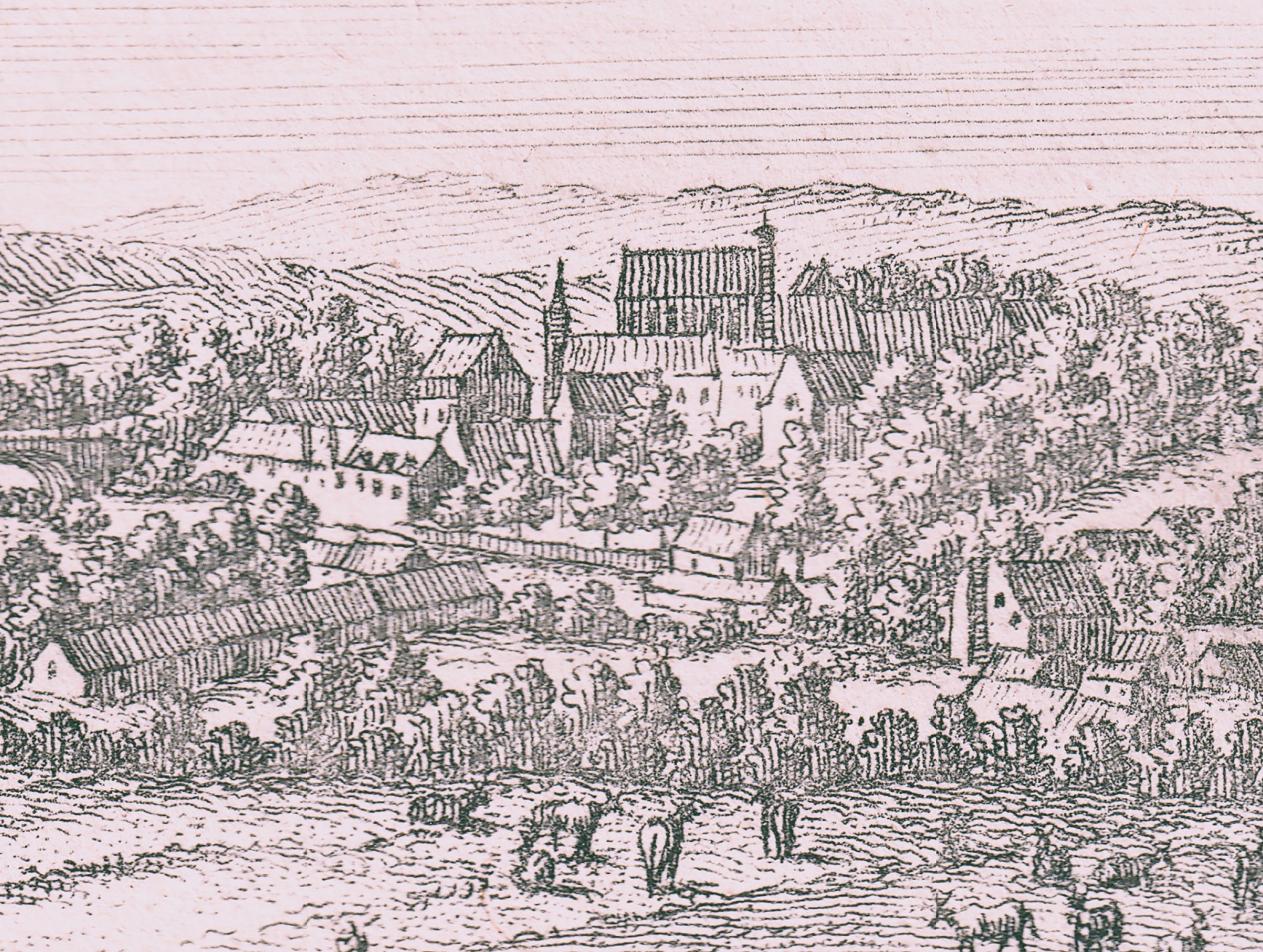
Situation and Surrounding of Paisley Abbey
Let us recall the beautiful situation and surroundings of the abbey in the palmy days of the Abbots. The river Cart then ran clear and sparkling between green wooded banks. The monastic buildings: the great Gatehouse built by Abbot Tervas, about 9 meters north-west from the north-west turret of the Abbey, “a great pend most…
-

Paisley to Sarasota, Florida: The Browning’s – Part 1
It’s late November 1885, around one 100 Scots are gathering at the docks in Glasgow to board Anchor Lines SS Furnessia with the intention of forming a new Scots Colony in Sarasota, Florida. Amongst the 100 are two Paisley families the Lawrie’s and the Browning’s who have sold their possessions at auction and are heading…
-

A familiar building??
So what is this building in the picture? It is on Paisley High Street, close to two Paisley landmarks, but today it is a lot different! The two canons might just give it away. This is the original Volunteer Drill Hall, between Coats Memorial Church and Paisley Museum & Art Gallery. I’m not sure when…
-
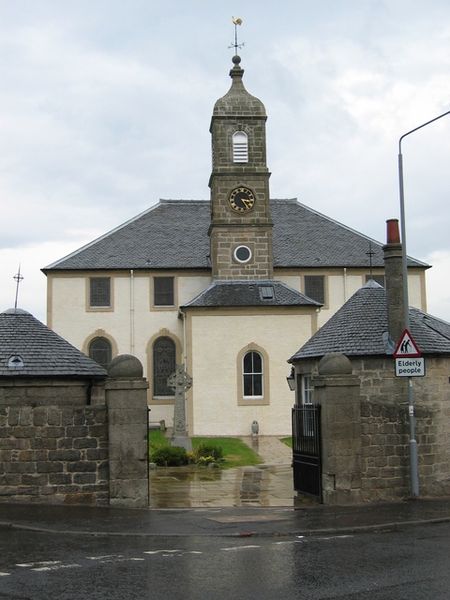
The Parish of Neilston
Today not many people think of Neilston as being part of Renfrewshire. It sits in the modern day council area of East Renfrewshire, which was separated from the old county of Renfrew along with inverclyde at the last local government reform. It is said that Neilston derrives its name for a person called Neil, who…
-
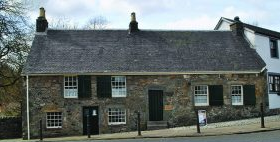
Weavers of Kilbarchan Project
Weavers of Kilbarchan Project The Weavers of Kilbarchan project aims to investigate the weavers of Kilbarchan Parish from the 17th Century through until the 1921 Census. In addition to the census information the project will also use contemporary 17th & 18th Century records such a Poll Tax, Hearth Tax and other Tax rolls to trace…
-
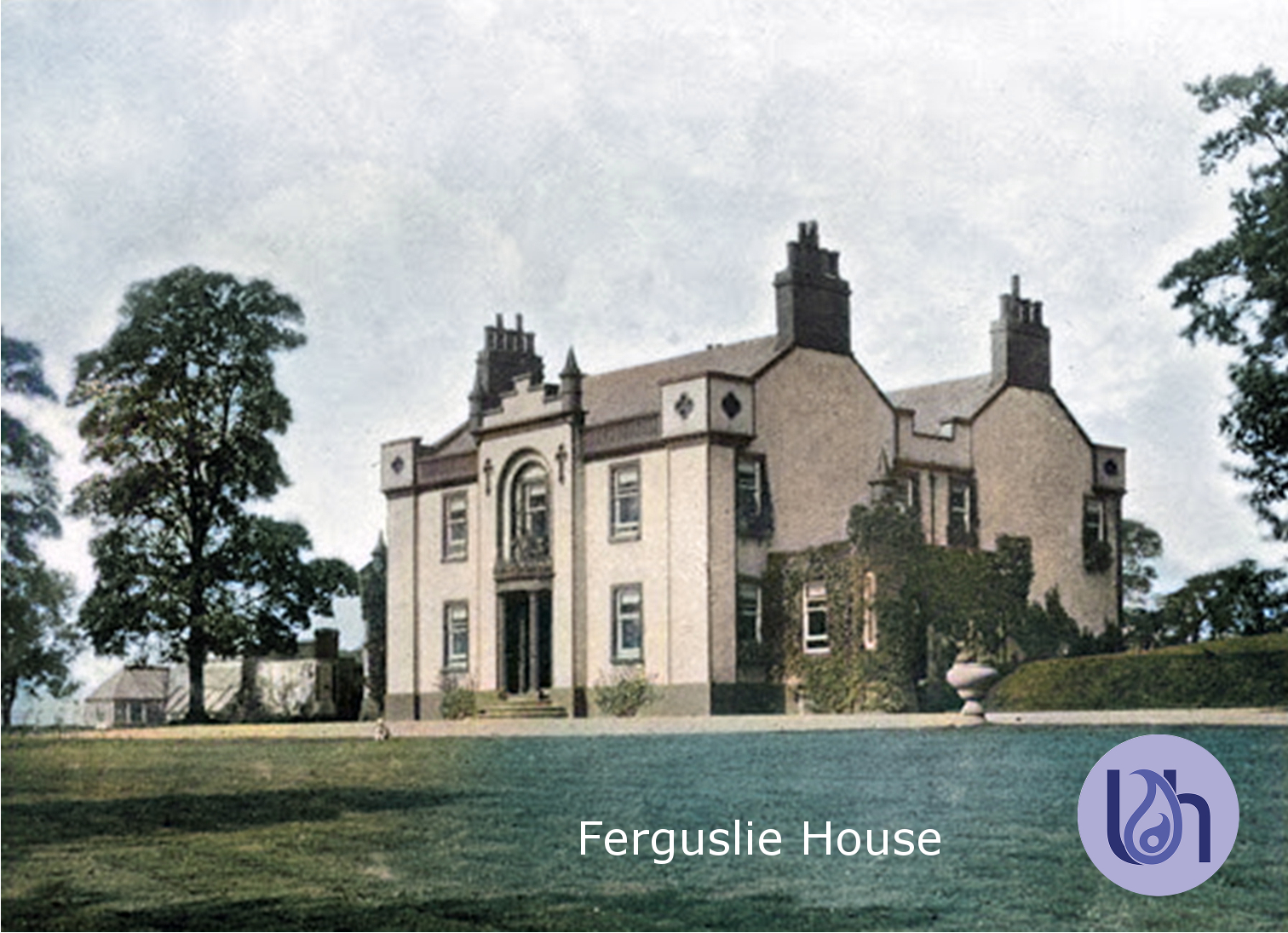
Ferguslie – A brief history of the medieval estate
Ferguslie A brief history of the medieval estate to the 20th Century Ferguslie today is seen as a large housing scheme – totally unrecognisable from its medieval origins. The name Ferguslie is most likely derived from “the meadow of Fergus” but who was this Fergus? We will probably never know. The lands that comprise Ferguslie…
-
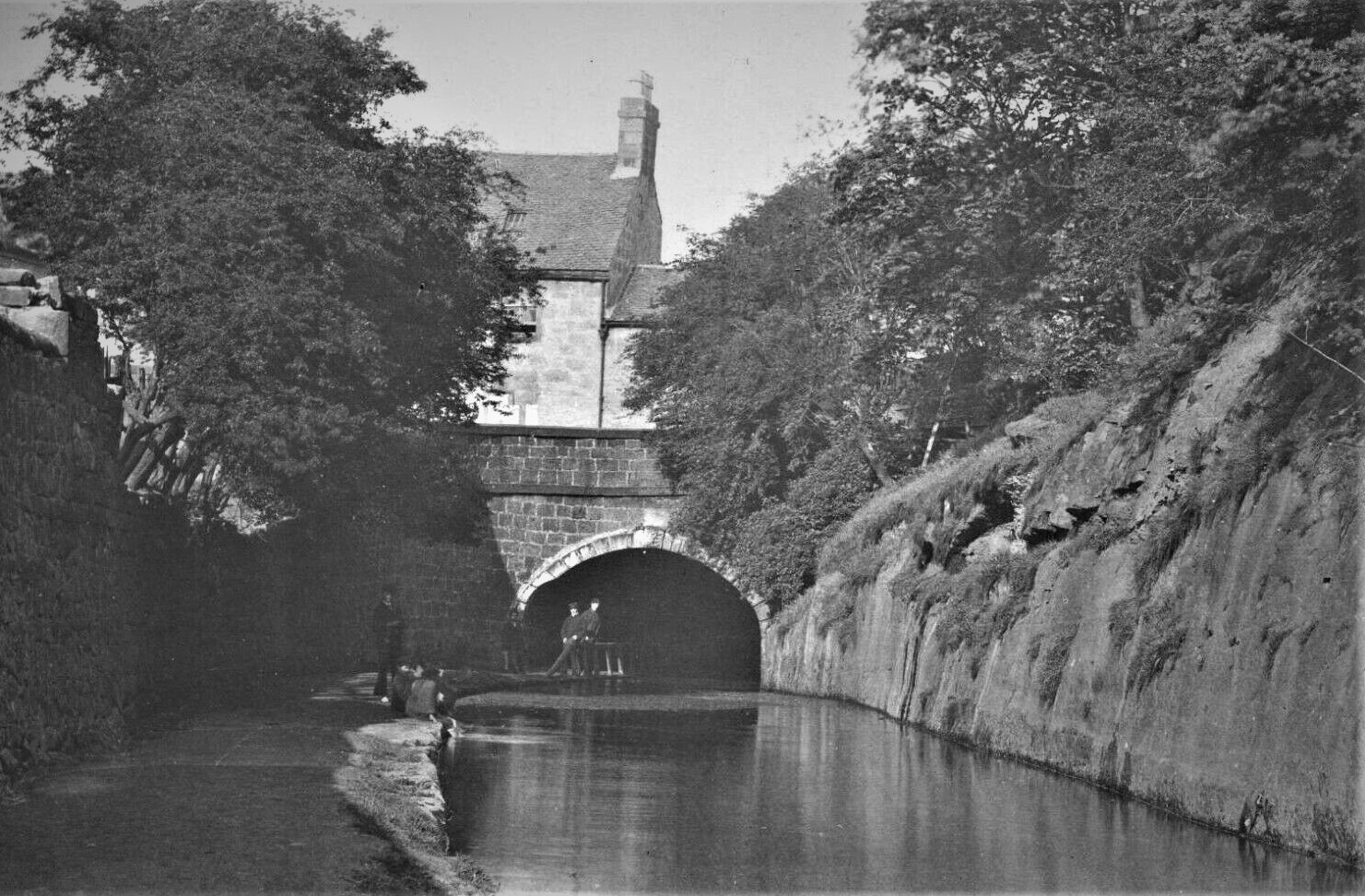
Paisley Canal Disaster 1810, list of those who died & survived
Paisley Canal Disaster 1810, list of those who died & survived On the 10th November 1810, 10 days afte the canal opened, the duchess of Eglington, skippered by Thomas Rhodes was returning from Johnstone with an excursion. _____ Awaiting the arrival of the boat from Johnstone, there was, in the forenoon, a large assemblage of…
-
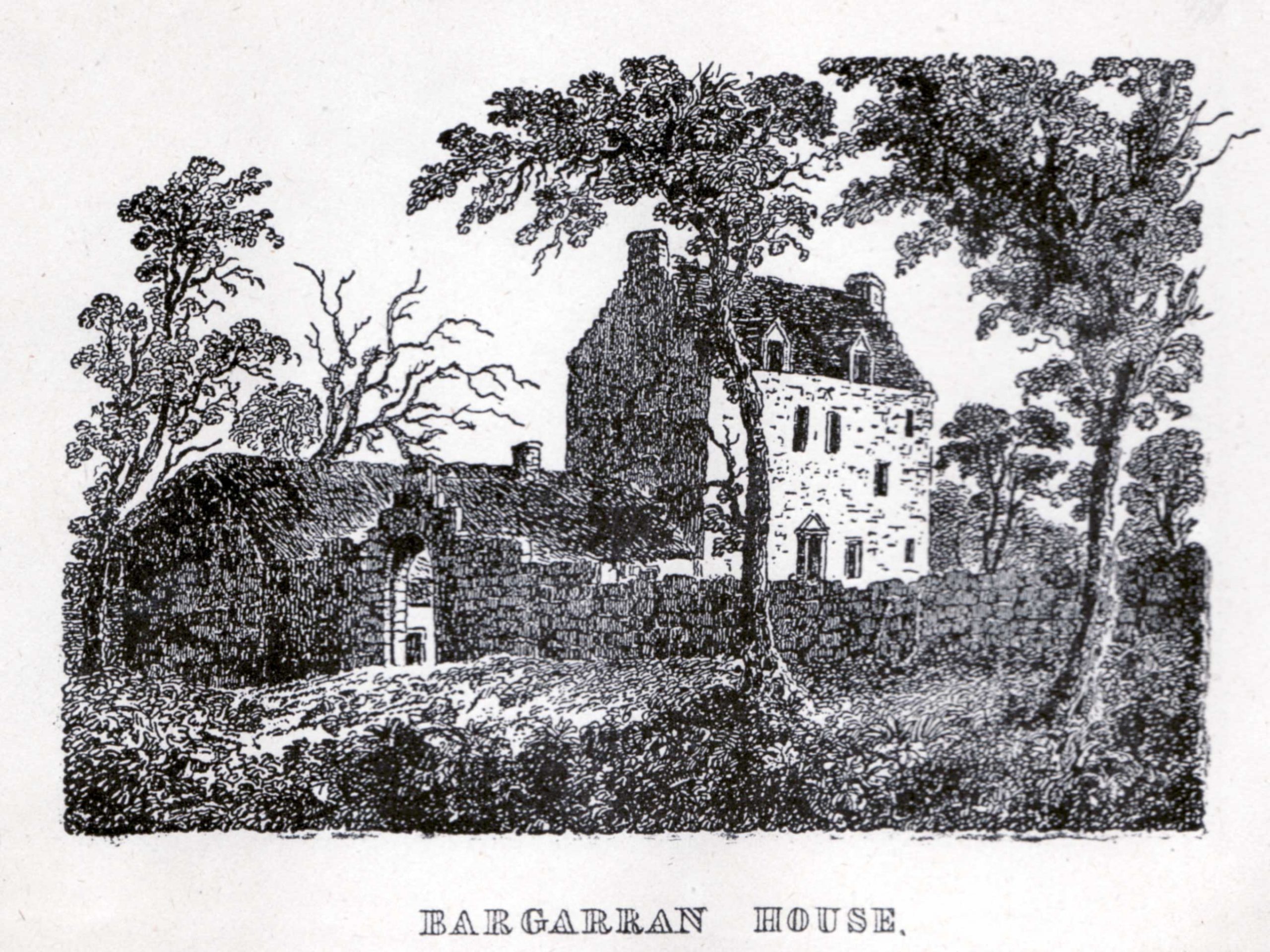
Dark Events at Bargarran in 1676
Dark Events at Bargarran in 1676 Today when the name Bargarran is mentioned, we always turn our mind to 1696 and the last mass witch hunt in Scotland that led to the execution of 7 people in Paisley on the 10th October 1697. But the events that unfolded there in 1696 were preceded by a…
-

Improvements around Abbey Close, Paisley
Improvements around Abbey Close, 1860 – 1933 is a short book talking about the removal of post reformation housing around Paisley Abbey and is accompanied by many before and after pictures. This volume (aIT-RH3) is currently out of print, and has been made available for consultation for a few weeks. If you download please make…
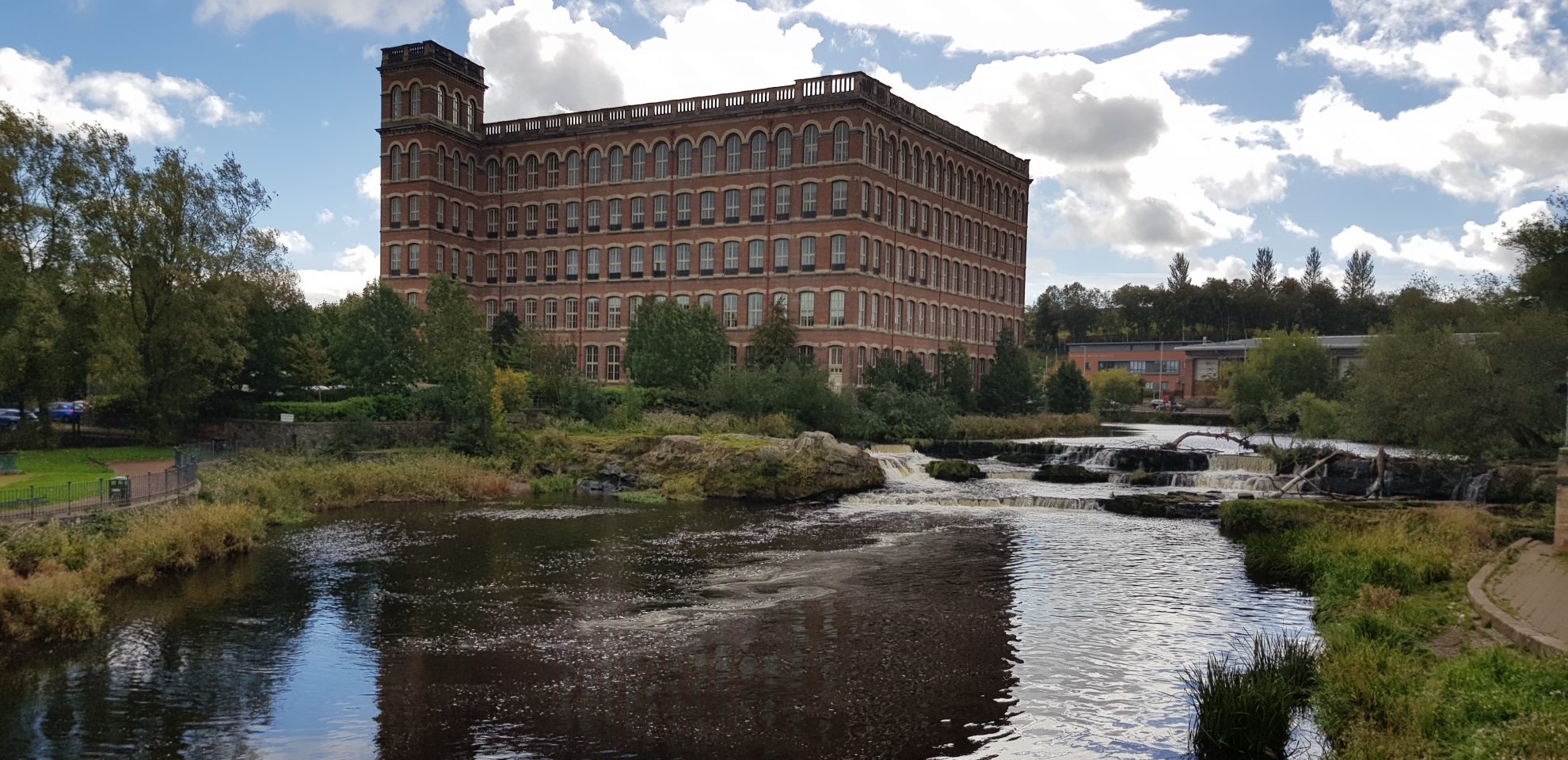

You must be logged in to post a comment.